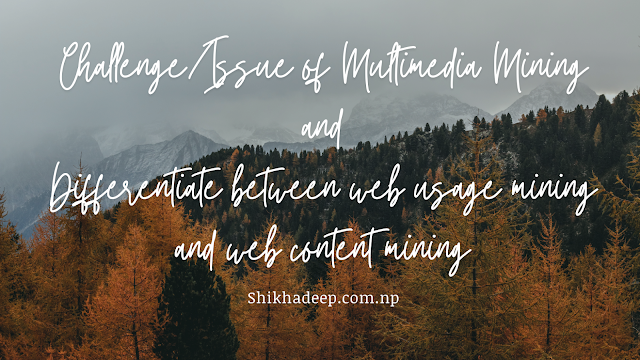Describe Multidimensional Data Cube
Multidimensional data cube It basically helps in storing large amounts of data by making use of a multi-dimensional array. It increases its efficiency by keeping an index of each dimension. Thus, dimensional is able to retrieve data fast. Multidimensional arrays are used to store data that assures a multidimensional view of the data. A multidimensional data cube helps in storing a large amount of data. Multidimensional data cube implements indexing to represent each dimension of a data cube which improves the accessing, retrieving, and storing data from the data cube. OR, Centered on a structure where the cube is patterned as a multidimensional array, most OLAP products are created. Compared to other methods, these multidimensional OLAP (MOLAP) products typically provide a better performance, primarily because they can be indexed directly into the data cube structure to capture data subsets. The cube gets sparser as the number...




.png)



